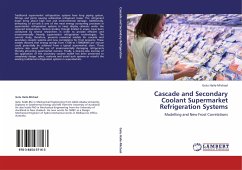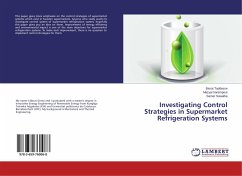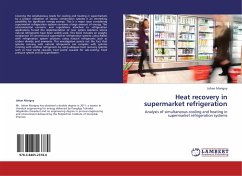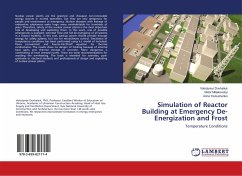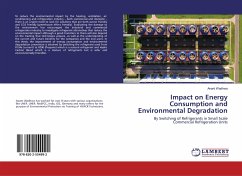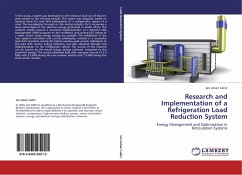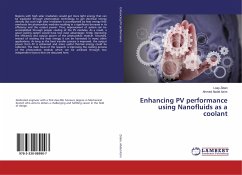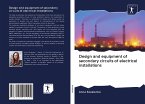Traditional supermarket refrigeration systems have long piping system, fittings and joints causing substantial refrigerant losses. The refrigerant losses bring about high cost and environmental damage. Additionally, defrosting of air-coils is one of the most energy consuming processes in supermarket refrigeration systems to keep display cabinets under the required temperature. Various studies, though limited in scope, have been conducted by several researchers in order to provide efficient and environmentally friendly supermarket refrigeration technologies. The current study, therefore, presents numerical models for cascade and secondary coolant systems and new correlations for frost property. These models showed that energy savings from 17500 to 170000kWh per annum could potentially be achieved from a typical supermarket store. These systems also avoid the use of environmentally damaging refrigerants thereby attracting supermarket owners. Finally, a step-by-step exercise of the application of the secondary coolant model has been presented to completely design, select, evaluate and install such systems or retrofit the existing traditional refrigeration systems in supermarkets.

